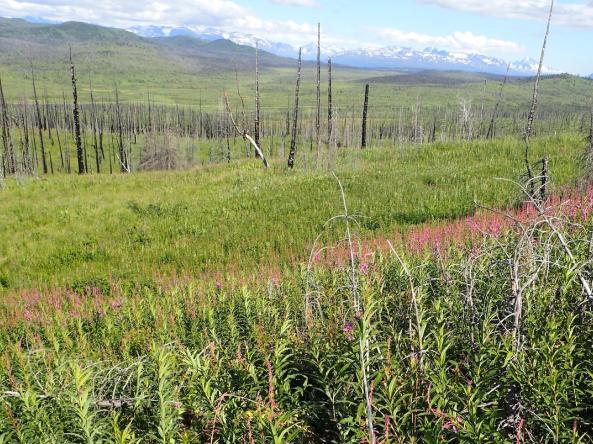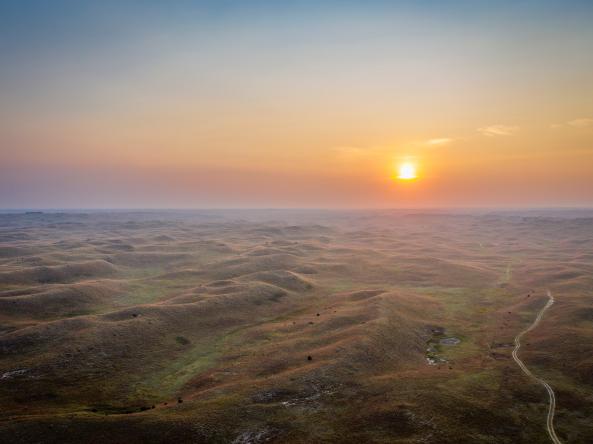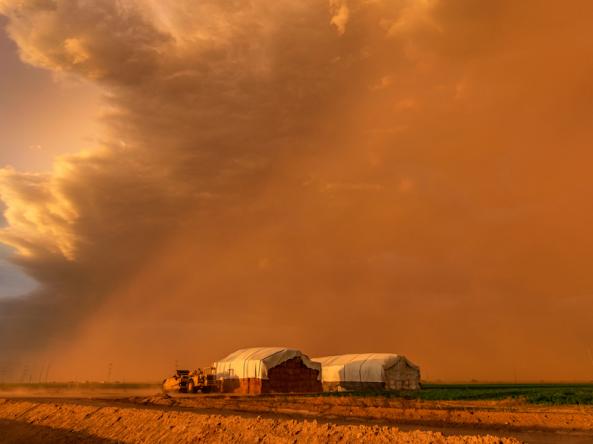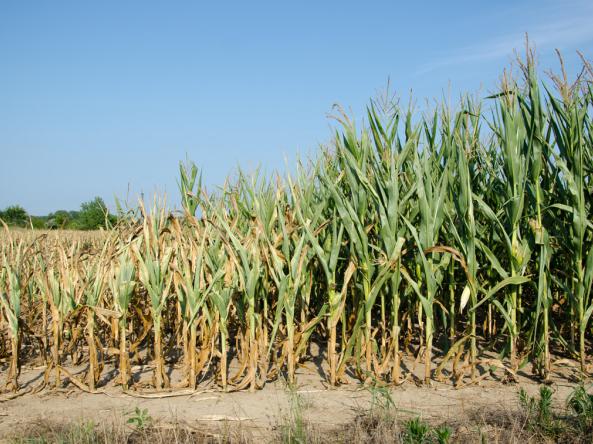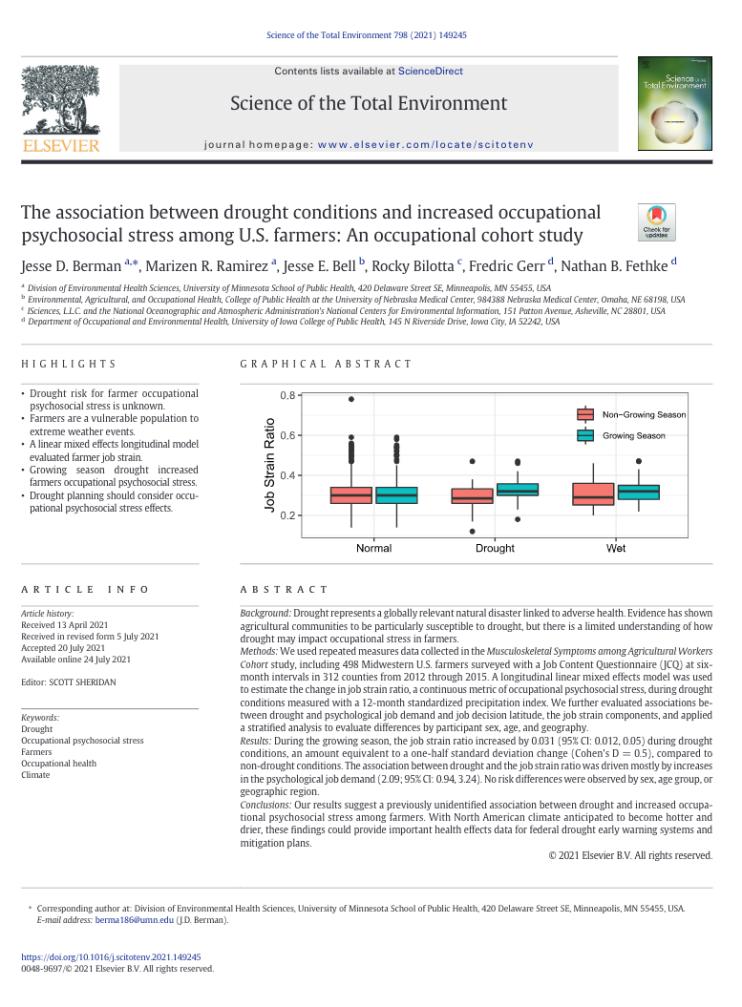Logo

Related News
Site Section
News & Events
Alaska’s boreal forests are declining, as increasing drought stress and fire kill off the next generation of conifer trees. Where boreal forest has disappeared, new plant communities—like grasslands and aspen forests—have begun to take its place. Elsewhere, in the southeastern United States, droughts have decimated saltmarsh vegetation, turning saltmarshes into mudflats or open
Site Section
News & Events
Despite considerable public health concerns, drought assessments often disregard the health risks associated with drought exposure in the United States, particularly in regional-based assessments (Fard et al., 2022). One potential explanation of the lack of research is the complexity of linking drought to health outcomes. Drought lacks the direct pathway to health outcomes that many other climate
Site Section
News & Events
As with many other climate-related disasters, drought can lead to negative health outcomes. The significant impacts that drought can have on respiratory illness, such as bronchitis, Chronic obstructive pulmonary disease (COPD), and asthma, are of particular concern. Drier conditions can increase dust, smoke, and other particulate matter, contributing to reduced air quality that exacerbates these
Site Section
News & Events
Drought represents a globally relevant natural disaster linked to adverse health. But while evidence has shown agricultural communities to be particularly susceptible to drought, there is a limited understanding of how drought may impact occupational stress in farmers.
To address this problem, NIDIS co-funded a study to examine the relationship between drought conditions and measures of job-
Related Documents
Document Date
April 2024
Related Research


